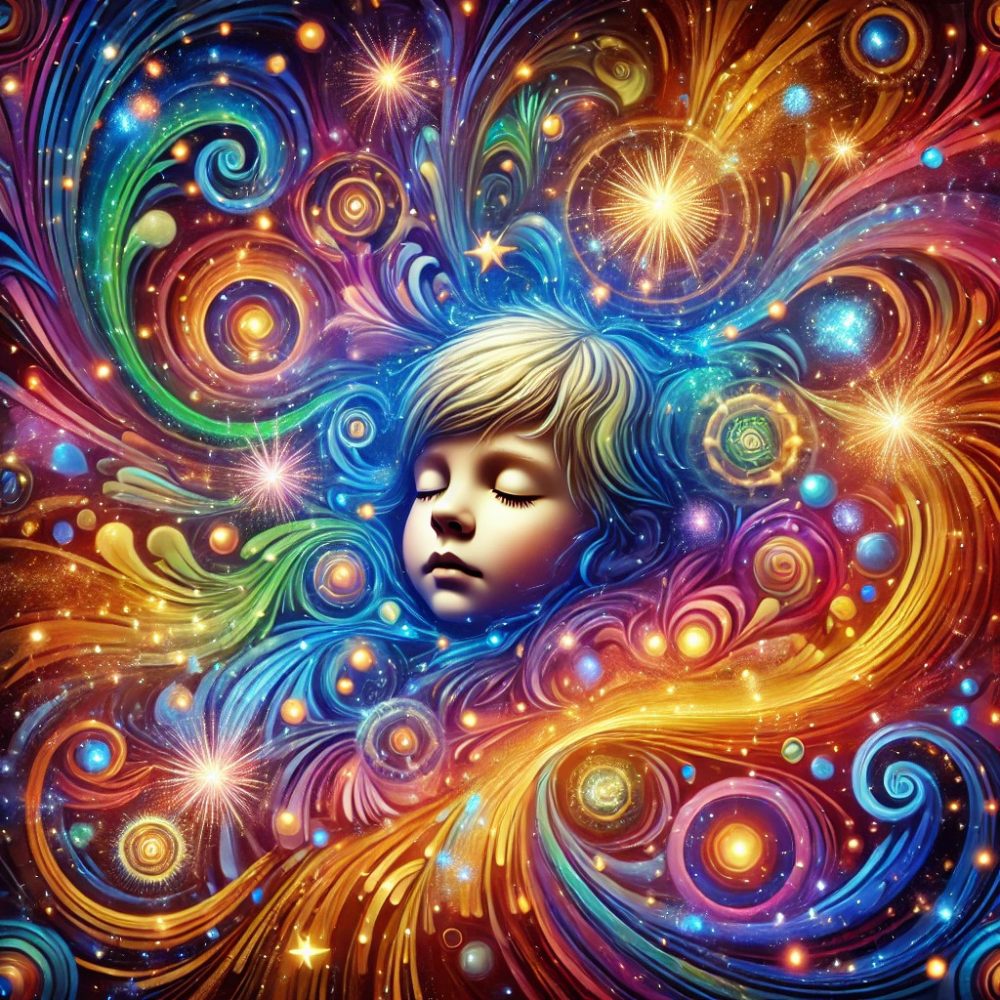
Human Eyes: The Science Behind Seeing Stars with Closed Lids
Recommended for Human Body
Have you ever closed your eyes, only to witness a dazzling spectacle of swirling lights and dancing patterns? As children, we often found delight in this secret universe hidden within our eyelids. That’s the magic of human eyes. But what are these mysterious flashes? Are they hallucinations, figments of our imagination?
Fear not, for these luminous displays are not mere tricks of the mind. They are called phosphenes, a natural phenomenon experienced by nearly everyone, especially in childhood. Think of them as the afterglow of a visual symphony, where neurons in the brain continue to fire even when the lights are out.
Imagine your brain as a vast orchestra, each neuron a musician playing its own unique tune. Even with eyes closed, these neurons continue to communicate, creating a symphony of electrical impulses that our brains interpret as flashes of light. It’s like the lingering echo of a melody, a reminder that even in darkness, there is activity and life.
Childhood’s Kaleidoscope of Light
For many of us, the memory of seeing phosphenes transports us back to the carefree days of childhood. We would close our eyes tightly, rub them gently, and marvel at the kaleidoscope of colors and patterns that emerged. It was a secret playground, a world of wonder hidden within our own bodies.
As we drifted off to sleep, these phosphenes often transformed into a starry night sky or a fantastical dreamscape. They were our gateway to the world of dreams, where imagination reigned supreme. It’s no wonder that these fleeting glimpses of light hold such a special place in our hearts.
Perhaps there’s a deeper meaning to these light shows. They remind us that even in the darkest of times, there is always a flicker of light within us. They connect us to the vastness of the universe, where stars twinkle and galaxies swirl, much like the phosphenes that dance behind our closed eyelids.
The Science of the Soul’s Canvas
The phenomenon of phosphenes has fascinated scientists for centuries. Dr. Sermed Mezher, an NHS doctor, sheds light on the science behind these visual experiences. He explains that there are various theories, but the most prevalent one suggests that phosphenes are caused by the spontaneous firing of retinal cells, even in the absence of external light.
Scientists are still unraveling the mysteries of phosphenes, but their research offers a glimpse into the intricate workings of the human brain. By studying these visual phenomena, we gain a deeper understanding of how our brains process information, even in the absence of external stimuli.
Perhaps the most enchanting aspect of phosphenes is their ability to evoke a sense of wonder and awe. They remind us of the inherent magic of the human mind, its capacity to create beauty and meaning even in the simplest of experiences. Like the stars that twinkle in the night sky, phosphenes are a testament to the infinite possibilities that lie within each of us.
So, the next time you close your eyes and witness a shower of sparkling lights, remember that you are not hallucinating. You are experiencing the magic of phosphenes, a natural phenomenon that connects us to our childhood wonder, our dreams, and the vast universe that surrounds us.
Related Stories
- The Paradox of Sleep: Does It Cleanse or Clutter Our Minds?
- Ever wonder what your brain gets up to when you sleep?
Watch a video
Human Eye – The Dr. Binocs Show | Best Learning Videos For Kids | Peekaboo Kidz by Peekaboo Kidz (4 minutes, 17 seconds)
Curious Times is a leading newspaper and website for kids. We publish daily global news aligned to your learning levels (also as per NEP 2020): Foundational, Preparatory (Primary), Middle and Senior. So, check out the News tab for this. We bring kids’ favourite Curious Times Weekly newspaper every weekend with top news, feature stories and kids’ contributions.
Curious Times News Program for Schools for FREE. Over 5,000 schools and teachers from all over the world have joined our programme so that students and teachers can get FREE Educative Newspaper. Here, kids can take part in world events and win prizes and certificates for free through their schools.
The following social media platforms allow you to communicate with us: Instagram.
0 (Please login to give a Curious Clap to your friend.)
